What is an activity-based environment? This is what it’s all about
An activity-based environment is much more than just a collection of various rooms and spaces. It represents a completely new way of doing and managing work.

An activity-based environment is much more than just a collection of various rooms and spaces. It represents a completely new way of doing and managing work.
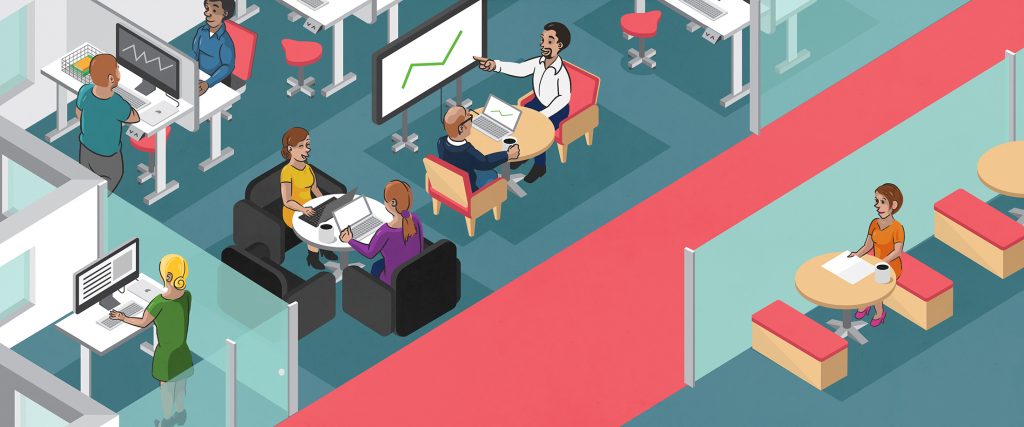
These days office work is no longer tied to time or place, and least of all to your own office. People also work flexibly at home, and on the train or in cafes – and outside the traditional office hours of 8am until 4pm.
Old and inflexible office solutions no longer support our modern way of working – nor do they support the targets of our work. This is where the activity-based environment comes in.
An activity-based environment requires organisations to assume a completely new operating culture and way of doing and managing work. The environment is a combination of digital, virtual and social dimensions. Work is done with laptops using a wireless network and mobile internet. Virtual working includes Skype meetings. The new types of spaces encourage social contacts within the workplace, and increasingly across organisational boundaries.
Reetta Ripatti-Jokela, Head of Workplace Solutions at Senate Properties, explains that even ten years ago, development of the work environment was considered a very radical idea. These days development is considered essential.
“The traditional type of individual offices will soon be a thing of the past in state administration. You won’t be able to avoid these developments for long without the development of your organisation coming to a standstill and your financial results suffering.”
Senate Properties’ Sesam, which is located in Helsinki’s Sörnäinen district, represents the latest developments. State administration employees can visit Sesam to experience working in an activity-based environment. It also provides an opportunity to meet new colleagues.

In an activity-based office, the work environment can no longer be separated from the actual work as they are seamlessly connected. There are optimal spaces for various work tasks.
Choose a workstation in an open space when your work requires you to interact with your colleagues. There are breakout rooms and rooms for silent work if your work requires concentration or confidentiality. Telephone calls are made in sound-proofed telephone boxes or breakout rooms.
In addition to meeting rooms that can be booked separately there are spaces for group work. In an activity-based environment, meetings can be set up very quickly, if necessary.
Various types of areas for relaxed meetings, such as comfy corners and armchairs, encourage free exchange of ideas, brainstorming and sharing news. Activity-based solutions also enable cafe and restaurant areas to be in the shared use of different units and organisations.

Compared with the old solutions, the activity-based environment is an unbeatable combination. Though you no longer have your own desk, it means you are no longer chained to your desk. You choose where you want to work based on your current needs and preferences.
The activity-based environment also requires electric adjustable-height desks so that each person can adjust the height of the desk to suit them. The office chairs also need to be adjustable.

There is no single right way of using activity-based environments, and each employee creates their own way of working that suits them. However, common rules are needed in activity-based environments. The employees agree on the areas where people can talk loudly and the areas where people must be able to work in complete silence. When you need peace and quiet, in addition to quiet ‘library rooms’ there are also individual breakout rooms.
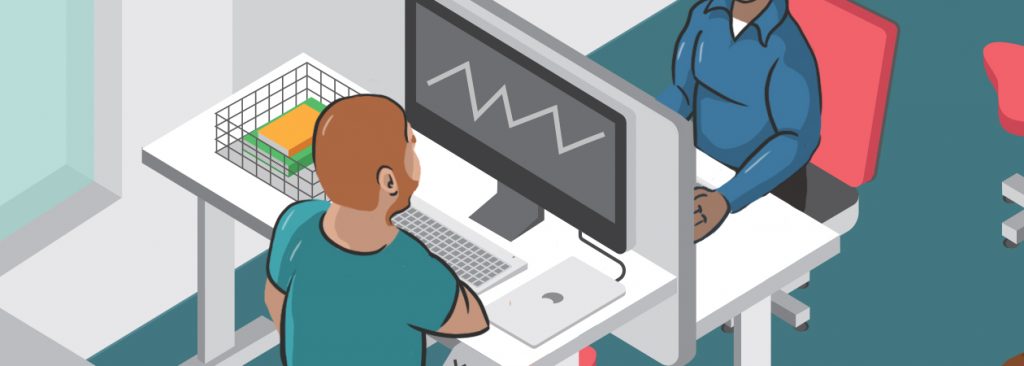
Digitalisation and continuously developing IT solutions make it possible to work wherever and whenever you want. Everyone has their own laptop and data communications take place through a wireless network and mobile connections.
As data is stored electronically, there is no longer any need for metres of shelf space for papers or folders by workstations. You tidy the desk after you have finished a task and personal items are carried about in a basket or bag.
You either love it or hate it. People who are against the activity-based environment may have bad experiences of old-fashioned open-plan offices that lacked the freedom and flexibility of the activity-based environment.
Moving over to new types of premises and new ways of working requires careful preparation and skilled management that listens. It’s a good idea for employees to be involved already at the planning stage, through workshops, for example.
A project to construct a new work environment takes a few years on average. It is a good idea to use this time to make changes in the organisation’s operating culture and to learn new ways of working so that the new work environment can be taken into use comprehensively right from the beginning.

The new way of working requires the management and entire organisation to trust each employee and the employees need to be able to manage much broader contexts, and their own work. Networking is also fundamental, as is taking responsibility for acquiring and sharing information that is essential for your own work.
In the activity-based environment, the primitive method of management disappears along with the manager’s office: supervisors do their work mentally and physically with everyone else.
The activity-based environment does not get rid of interaction between people; instead it created more opportunities for this. Inviting spaces for informal meetings and shared co-working spaces encourage new ideas and networking across organisational boundaries. Virtual tools, such as video conferencing and Skype make it easy to keep in contact and save time.
The spaces also have large screens that move about on wheels or are fixed to the wall to enable working together.
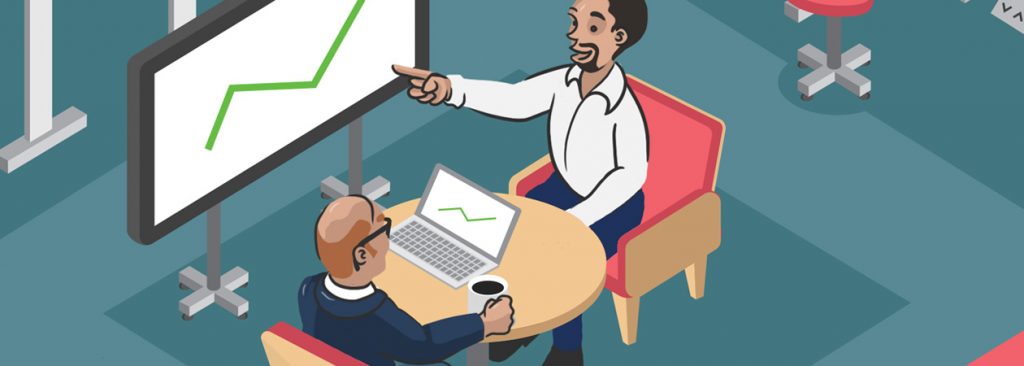
Developments in IT have freed employees, so they can go out of the work place for meetings and teleworking. In more traditional offices up to 60% of workstations remain unused during working hours.
Activity-based environments typically do not contain designated desks. Consequently, less office space is needed. In state administration offices there is currently 23 m2 per employee, but this figure is getting smaller all the time. The target of the Government Premises Strategy is 18 m2 per person in renovated premises and 15 m2 in new buildings, which means significant improvement in space utilisation and reduction of costs as a result. Introducing activity-based environments does require investments, of course, but because less space is needed overall the total rent is often lower than before.
Because less space is needed for employees in the activity-based environment, it is possible to locate more organisations in the same property and partly in shared spaces. This is what has happened at Kirkkokatu 12 in Helsinki, where employees of the Ministry of the Interior, the Ministry for Foreign Affairs in Finland and the Prime Minister’s Office now work under the same roof. The Finnish Patent and Registration Office has moved to Sörnäisten rantatie 13 with the State Treasury.
Therefore, there is no need to construct new buildings for activity-based environments as existing buildings can be adapted to house these environments. An example of this is Senate Properties’ own premises in Sörnäinen, Helsinki. They are located in an old grain silo and vegetable warehouse.
14,000 government employees now work in an activity-based environment. Senate Properties also has activity-based environment concepts for the workplaces of another 35,000 government employees, but no concrete measures have been completed in these premises yet.
Reetta Ripatti-Jokela, Head of Workplace Solutions at Senate Properties, has been developing work environments for 20 years, and Senate Properties has also been doing this for over 15 years. Work environment concepts have been created in the office premises of various agencies and ministries and also in many special premises, from laboratories and police departments to prisons and cultural institutions.
“In fact, the government is a pioneer in this field. Senate Properties has introduced the work environment concept more widely to various real estate sector networks in addition to its own customers and has been involved in numerous research and development projects in Finland and abroad,” says Ripatti-Jokela.
When a government organisation decides to move over to an activity-based environment, Senate Properties also offers its change management expertise.
“You can’t outsource change management as it needs to come from the organisation itself. For individual government organisations this type of extensive change in premises may take place every few decades, but we do these every day as it is our job – Senate is constantly working on activity-based environment projects around Finland. Therefore, we offer our experience, methods and tools to support our customers.”
According to surveys carried out by Senate, government organisations and employees that have moved over to an activity-based environment are, on the whole, very satisfied.
“This satisfaction is not necessarily felt straight away on the day of the move, but once you have had time to see and experience the way the new premises work. Often, the case is that the more boldly changes have been implemented, the more satisfied the users are. The majority say that they would no longer go back to the old way of working.”
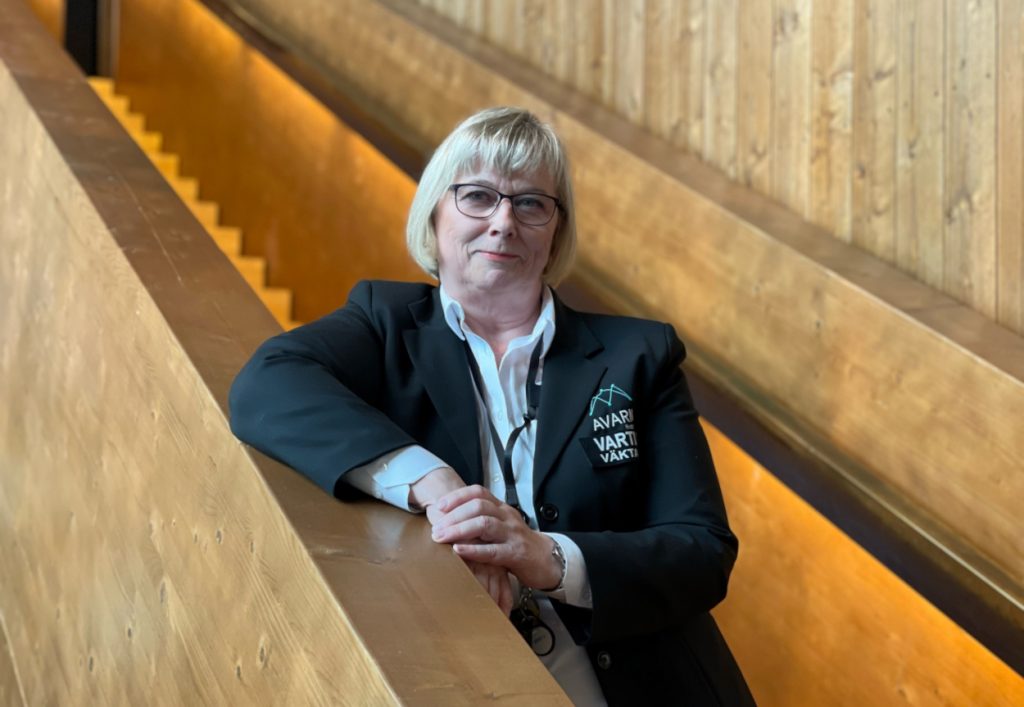
The reception service is key to the everyday operations of many properties. Anyone entering a property will encounter the reception service when they first step inside the premises and last…

“Preparing for emergency conditions has become a key goal since February 2022. We strongly support our clients in the changed situation,” says Tuomas Pusa, Chief Operating Officer at Senate Properties.
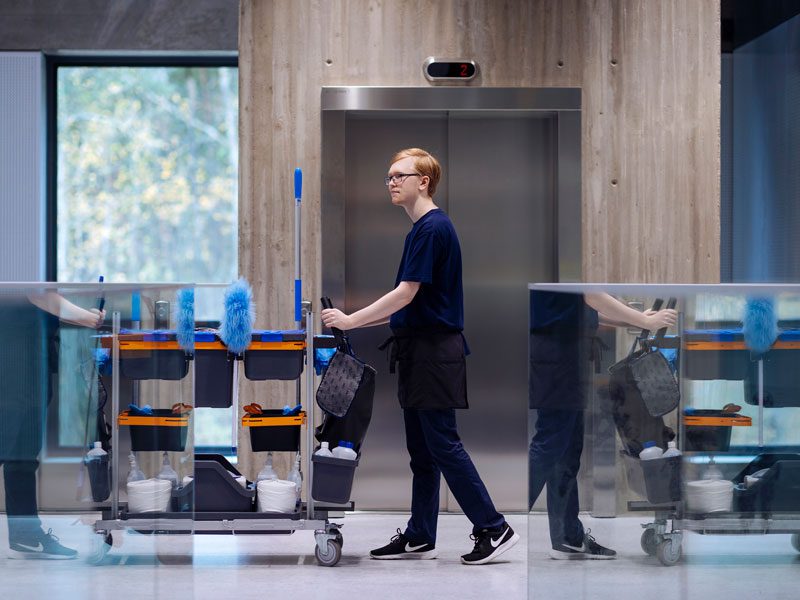
In this article we tell about white construction dust, grey room dust and the ways that help cleaning work and which when used do not reveal a thick cloud of…
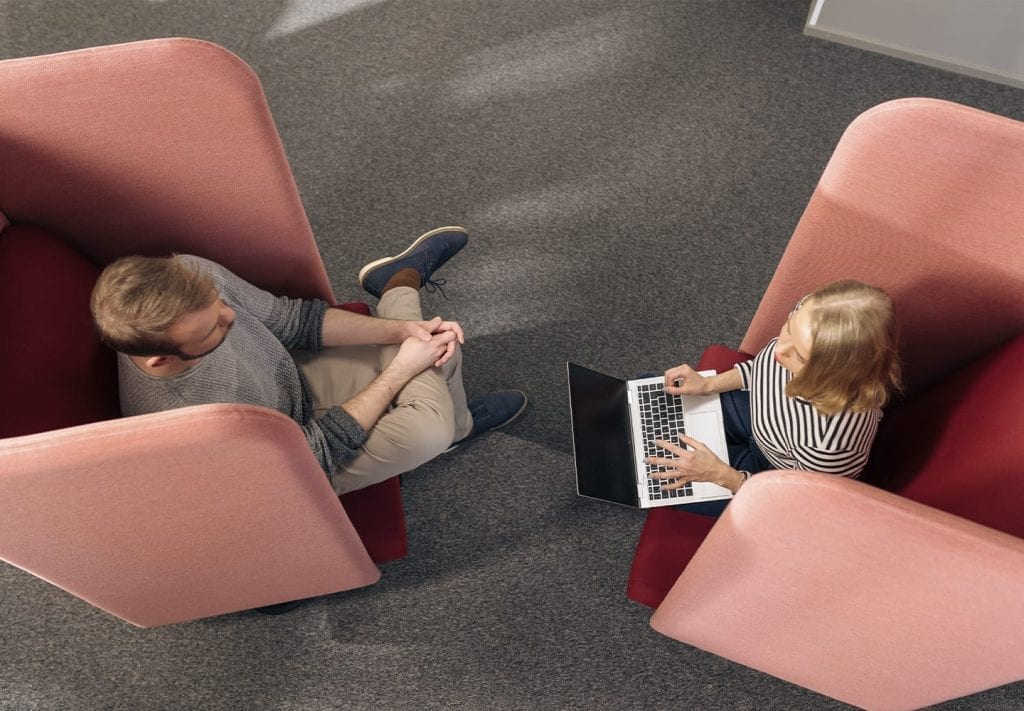
When two or more agencies are put together, what happens? They become a co-working environment. Why are they created and what are their benefits? Karin Hukkanen, Accounts Manager, and Ari…

The co-working spaces initially bothered people at the Porvoo government office building, but now tax officials and surveyors are already feeling pride and joy at their modern workspaces. Pirjo Vainio…

The National Land Survey of Finland and the Tax Administration are agile pioneers in central government - the strategies of both facilities included new ways of working and activity-based environments…

Senate Properties has reduced its environmental impacts over the years by, for example, reducing energy emissions in its properties by more than 70%. The ongoing transformation of work - the…

Who is responsible for indoor air, are concerns taken seriously, do we have a lot of problems? Anne Korpi, Indoor Climate Specialist at Senate Properties, answers the questions and provides…

During the corona lockdown, many homes have become home offices. Senate’s indoor air experts point out five things you should pay attention to when working from home.